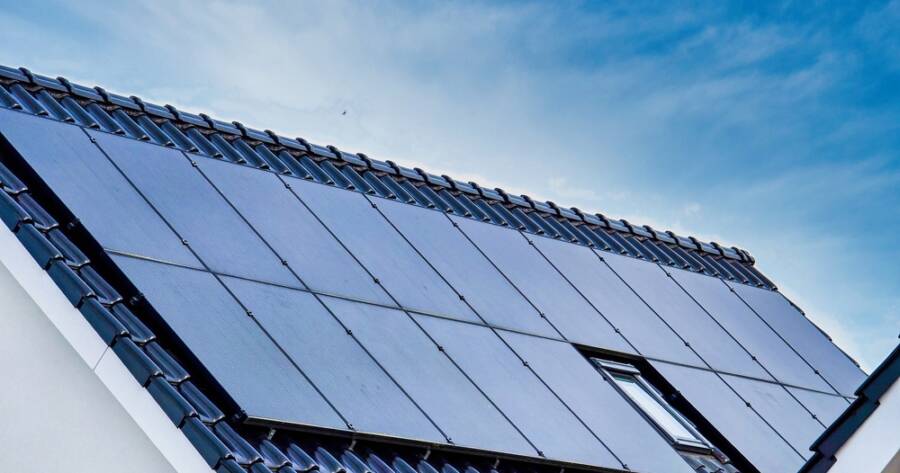Solar rebates and incentives present valuable opportunities for homeowners to save on energy costs and reduce their environmental impact. Federal and state programs, such as the Residential Clean Energy Credit and local tax credits, offer substantial financial benefits. Understanding eligibility, installation considerations, and future incentive changes is essential for maximizing savings and ensuring smart investment in solar energy.
Understanding Solar Rebates: Key Opportunities for Homeowners
With the push towards renewable energy, solar rebates have become an essential topic for homeowners looking to save on energy costs and reduce their environmental footprint. The U.S. federal government offers a notable incentive known as the Residential Clean Energy Credit. This provides a 30% tax credit on solar installation costs for systems installed between now and 2032, providing a significant opportunity for savings. This incentive is particularly valuable as it directly reduces federal income tax liability rather than just offering a deduction.
Exploring State and Federal Incentives
While the federal solar tax credit garners much attention, additional local and state incentives can further enhance potential savings. Various states offer their own tax credits, rebates, and net metering opportunities, which can be claimed alongside federal benefits without affecting eligibility enabling even more savings. For instance, net metering policies, which allow solar system owners to receive compensation for excess energy, vary by state and can significantly impact financial returns.
Maximizing Tax Credits and Cost Reductions
To fully capitalize on these benefits, homeowners must own their solar systems, either through outright purchase or loans. It’s important to note that homeowners using leases or power purchase agreements do not qualify for the federal tax credit and should consider this in their planning. Additionally, eligible expenses include solar panels, installation labor, and related equipment costs, all of which contribute to the overall savings.
Navigating Solar Installations and Financing
Choosing to install solar panels involves several considerations. The suitability of a homeowner’s roof, factoring in aspects like roof age, size, and sunlight exposure, is essential before proceeding with installation.
For those whose roofs are not optimal, alternatives like community solar projects offer shared benefits without individual installations. Financing options such as loans, leases, and power purchase agreements each present distinct benefits and potential challenges that warrant evaluation for optimal energy savings.
The Future of Solar Energy Incentives
As solar energy technology advances and government incentives evolve, homeowners have ample room to take advantage of these programs. The current federal solar tax credit is set at 30% through 2032, then decreases to 26% in 2033 and 22% in 2034, ultimately expiring in 2035, prompting consideration for timing installations effectively. This decreases the financial incentive over time, encouraging early adoption to maximize savings and reduce energy costs.
Why You Should Learn More About Solar Rebates Today
Solar rebates offer a path to substantial economic savings and environmental benefits. By reducing reliance on traditional energy sources and capitalizing on available incentives, homeowners can significantly cut costs.
Navigating this landscape can be complex, but the rewards in terms of reduced bills and increased home value are worth pursuing. Whether tapping into federal tax credits or local state incentives, the long-term benefits of embracing solar energy make it a smart investment.

